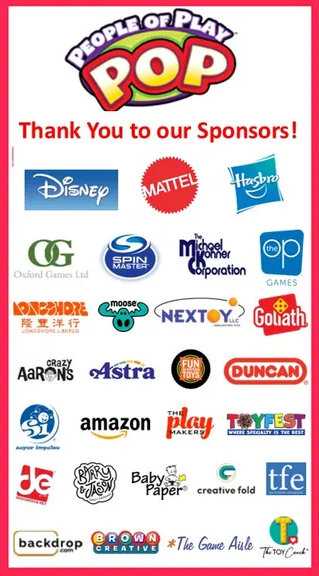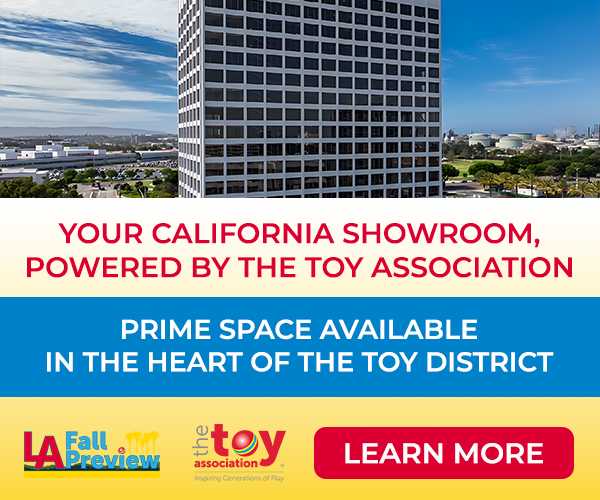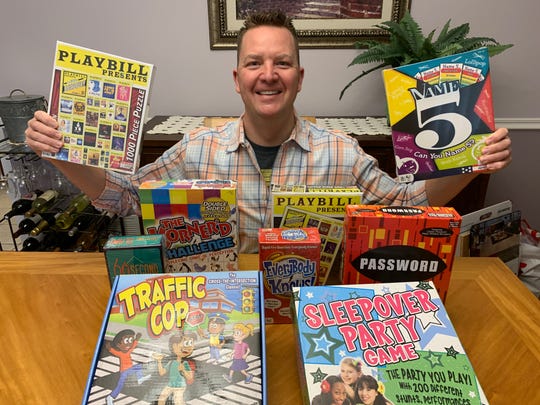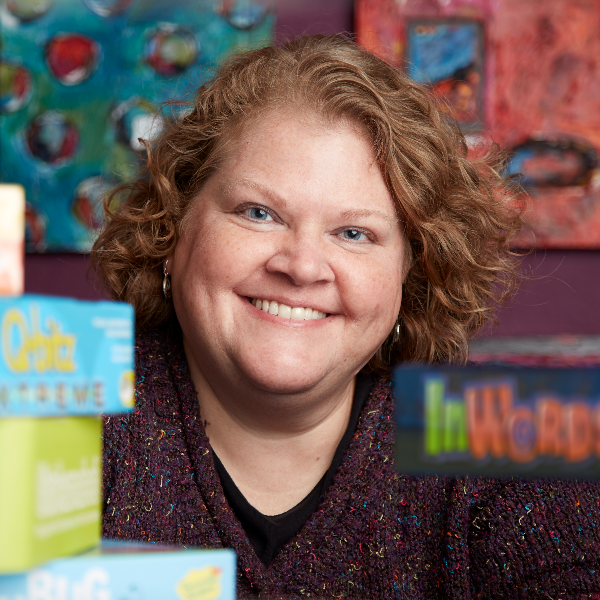Balance Innovation's Rene Polin on Essential Human Skills
by The Bloom Report | 22 May 2025
Industry Commentary, Op-Ed


The heart of successful product design is a creative problem-solving approach called Human Centered Design (HCD). Most of your internal design teams, and any reputable consultant, already know the value of HCD. This method focuses on placing the people who will be using your product or service at the heart of design to create solutions that are functional, relevant, and enjoyable to them. Human Centered Design, just like Design Thinking, has been around long enough to now be considered essential approaches for any design team’s toolbox - table stakes: already baked in.
Designing with Empathy
The most important key principle of HCD is empathy. This includes observation, active listening, and contextual research to gain the best understanding of problems. When identifying challenges to solve, researchers want to know what people are doing, thinking, and feeling and where they are experiencing problems. The emotional connection made between the researcher and the user during ethnography is the super glue that holds this approach together.
With incredible advances in AI technology, it’s this empathy portion of the process that has garnered great interest and debate as of late. Something about people’s interactions, and what we usually call soft skills or emotional intelligence, gets to the heart of being human, and powers those electric human-to-human connections that allow for authentic product offerings. Could the AI system make the same connections? Could ‘synthetic users’ providing all your input and feedback replace actual human feedback?
The Essential Skills
Call them ‘soft skills,’ but I’d rather call them Essential Human Skills because they counteract the hard and heartless skills often cherished in business. They also counter the rising reliance on the ubiquitous GenAI and its synthetic soft skills that, if relied upon too heavily, might lead to an uninspiring future of bland, soul-less products and experiences.
Don’t get me wrong, I’m a huge proponent of GenAI, and it is an indispensable tool for what we do at Balance Innovation. However, the highest priority and most fundamental thing we can do is go into the field to observe and interact with the people who will benefit from using the products we will eventually develop. It’s only through our human-to-human interactions that we can get to the crux of what’s holding people back and design an ideal solution for their problems.
An Industry That Can Lead The Way
Children, parents, caregivers, teachers, therapists, pediatricians, daycare workers; in our toy and juvenile product industry, we have a huge number of people from whom we can learn. So do yourself a favor and speak with and observe all of them while you’re developing your new offerings. Get to know their challenges and needs. Identify the jobs they need to get done. Feel their frustrations. Understand their mindsets. There are so many places to utilize our Essential Human Skills, and no better ultimate customer for us to serve - kids.
In a post-Covid world that seems increasingly to lack civility and compassion, that includes potentially suffocating tariffs, and a ‘2 dolls & 5 pencils’ Christmas; it’s the perfect time for our industry to band together and take the lead on compassion and empathy. After all, it’s our customers - the children - who will make this world a better place in the future, and we can give them the tools to do so.
We hear the phrase ‘now, more than ever’ everywhere during these times of extreme messaging, so I’m going to use it here too. Now, more than ever, our industry needs more empathy and a focus on Essential Human Skills to move our field, and the world, forward.
Our kids are counting on it.
About The Author:
René Polin is the President & Founder of Balance Innovation, a consulting firm that identifies and develops differentiated products & services through Human Centered Transformation. He’s also the designer of hundreds of successful childrens’ products.

Related Blog
Recent Blogs

Industry Commentary, Op-Ed
Balance Innovation's Rene Polin on Essential Human Skills

Industry Commentary, Op-Ed
Gray Matters Games' Joe Barron: Game Changers Who Go It Together

Biographies and Interviews
Hasbro's Kim Boyd - Be Curious and Never Stop Asking Questions

Press Release
“Best of Spring & Summer 2025 Influencer Choice List” Unveiled by The Toy Association™ & Clamour

Press Release
Nominations are Now Open for 2025 Toy & Game International Excellence Awards Lifetime Achievement Honor
See more
Recent Wiki

PEOPLE
PEOPLE OF PLAY WELCOMES SHANNON SWINDLE

MISCELLANEOUS
Nominations Now Open for The Toy Association Board of Directors (2025-2027)

TRENDS, STATISTICS, RESEARCH, DEMOGRAPHICS
Santa Claus - The Interview: Trends and More!

COMPANIES
SKY CASTLE TOYS PARTNERS WITH JAZWARES TO EXPAND THE HUGELY SUCCESSFUL STICKI ROLLS™ BRAND IN NORTH AMERICA AND EUROPE

AWARDS
Reserve Your Spot for The Toy Foundation’s Toy of the Year® Awards
See more
POP's Got Talent

POP Entertainment
Randy Klimpert Shares his Ukulele Collection

POP Entertainment
Steve Casino Peanut Art
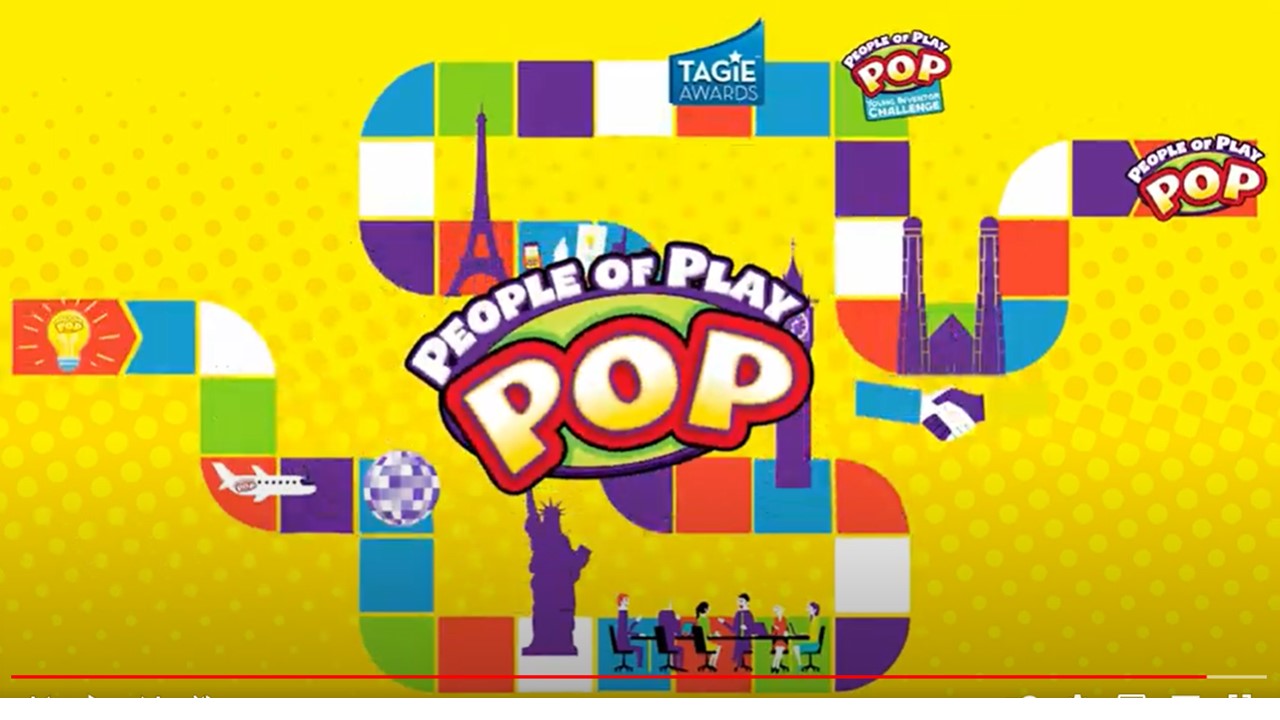
POP Entertainment
Everyone's Talking about POP!

POP Entertainment
Princess Etch - a Multi-Talented Etch A Sketch Artist
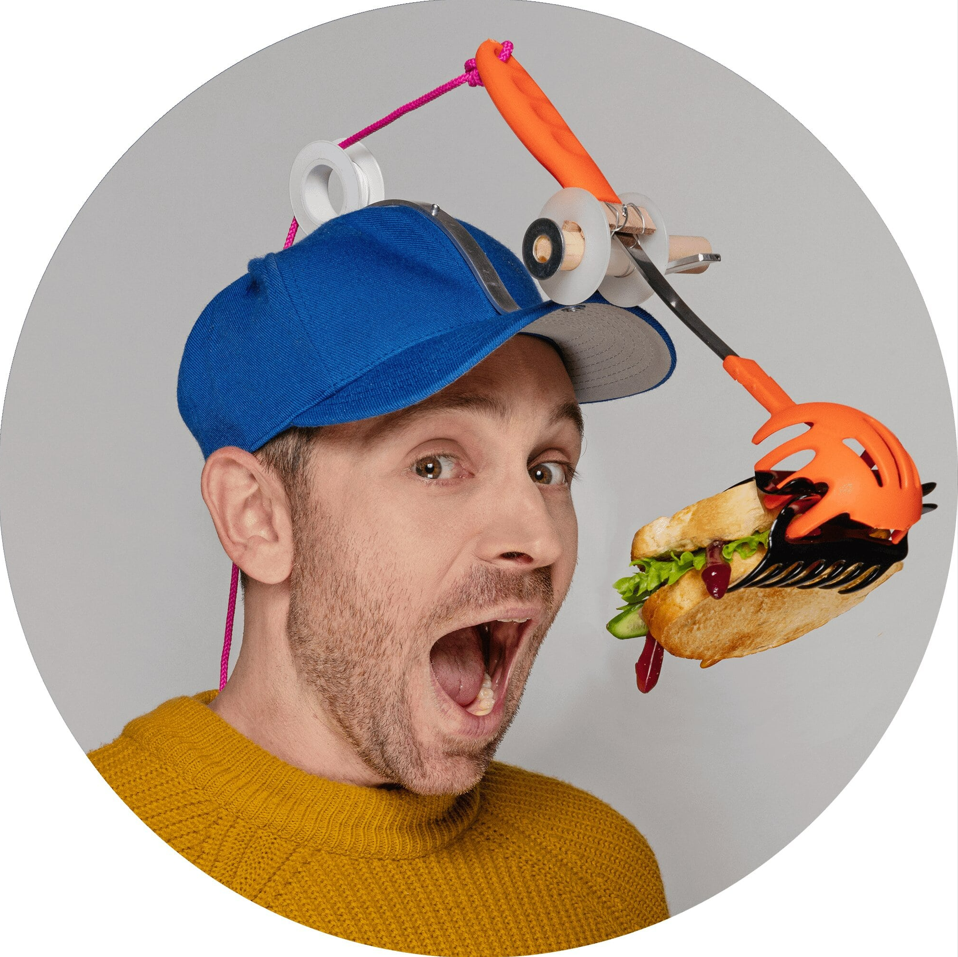
POP Entertainment
Joseph Herscher of Joseph' s Machines.
See more
Recent POPcast

Hidden Role: The Brains Behind your Favorite Games
Connie Vogelmann designed Apiary & Wyrmspan!

Hidden Role: The Brains Behind your Favorite Games
Bob Fuhrer... Is THE Crocodile Dentist!

Hidden Role: The Brains Behind your Favorite Games
Tom Dusenberry... Bought Atari, Wizards of the Coast, and Avalon Hill!

Hidden Role: The Brains Behind your Favorite Games
Matt Leacock created Pandemic... the game!

Hidden Role: The Brains Behind your Favorite Games
Scott Brown and Tim Swindle... are Launching a New Sport!
See more
POPDuos

POPDuos: Interviews with Legends and Leaders
POPDuo: Richard Dickson, Mattel’s President & COO, and Kedar Narayan, Young Inventor Challenge AMB

POPDuos: Interviews with Legends and Leaders
POPDuo: Will Shortz and Josh Wardle

POPDuos: Legends and Leaders Explore Creativity
POP Duo: Elan Lee, Co-Founder, Exploding Kittens.and Jeff Probst, Host and Exec Producer, Survivor

POPDuos: Legends and Leaders Explore Creativity
POP Duo: David Fuhrer, MNG Director, Blue Sq Innovations & Shawn Green, past Dodgers & Mets MLB Star

POPDuos: Legends and Leaders Explore Creativity
POP Duo: Bob Fuhrer, Founder, Nextoy and Tom Fazio, Golf Course Designer
See more







